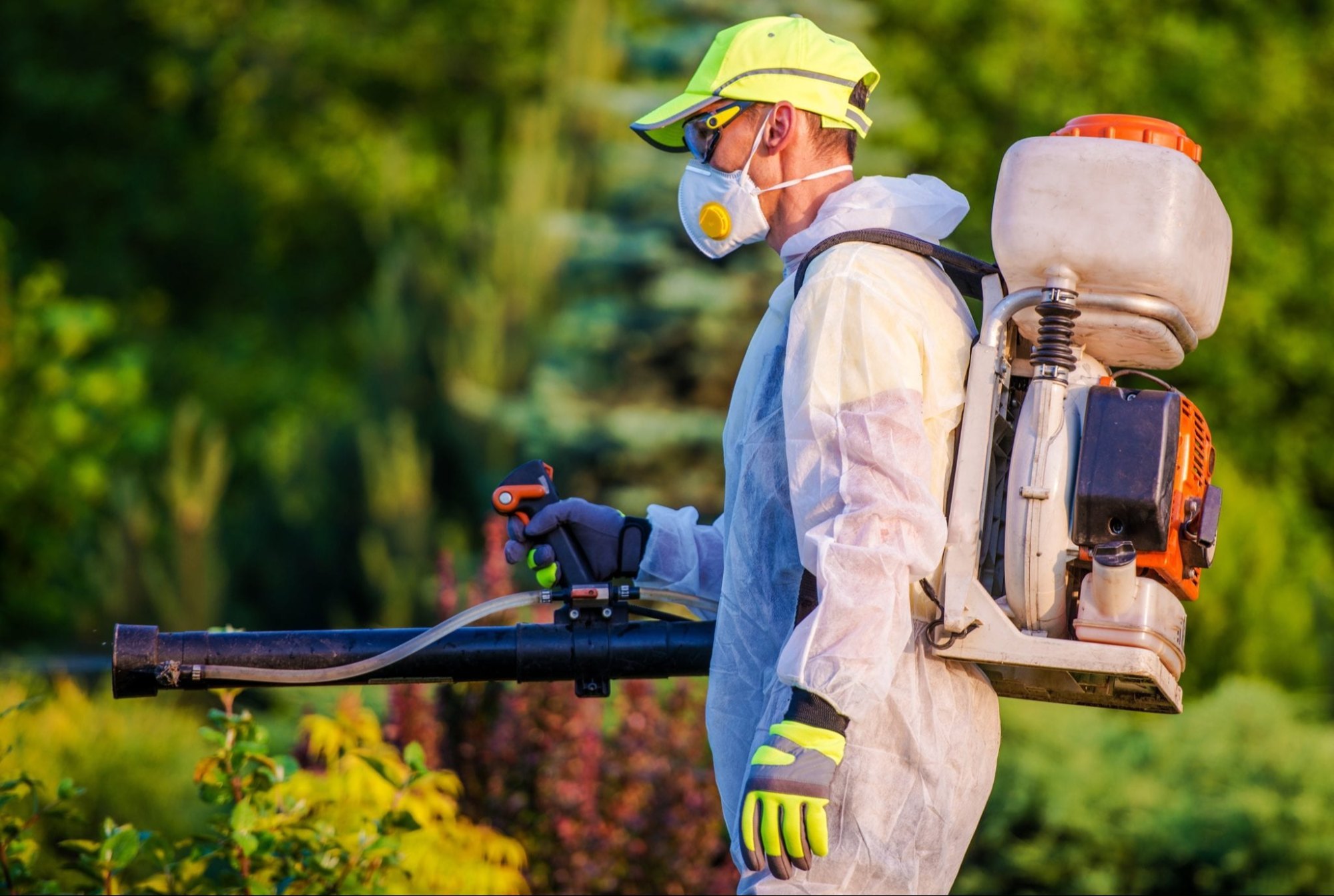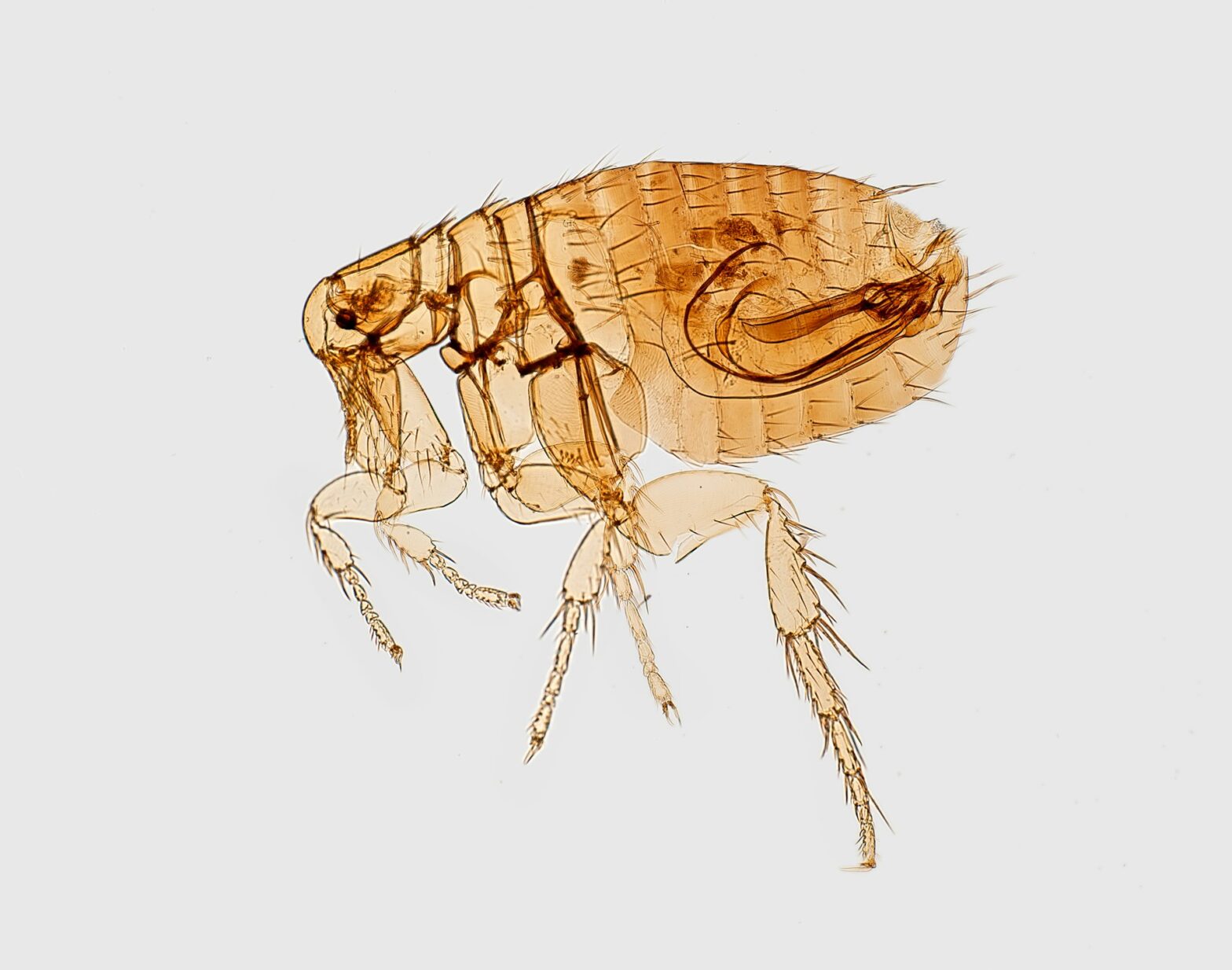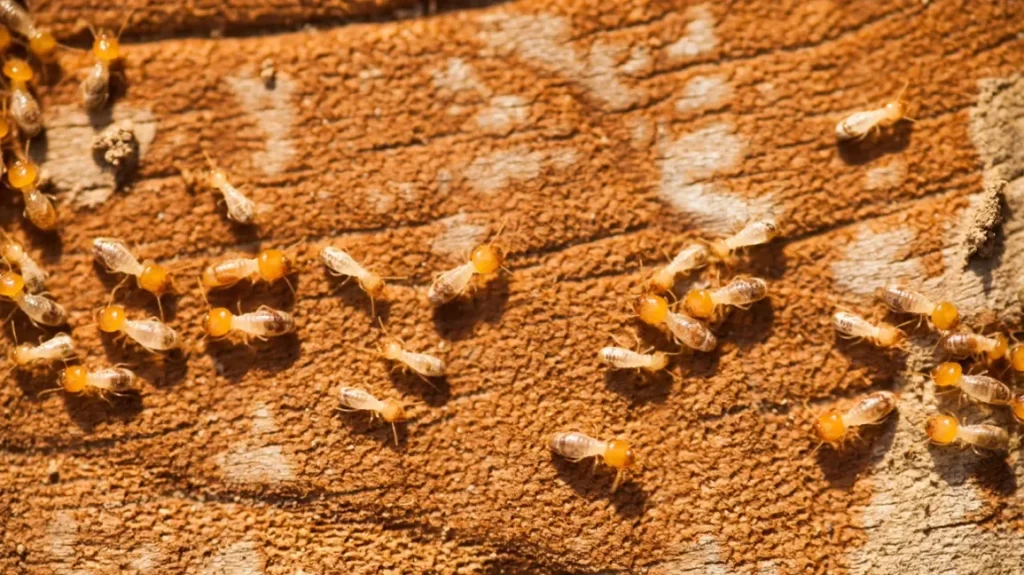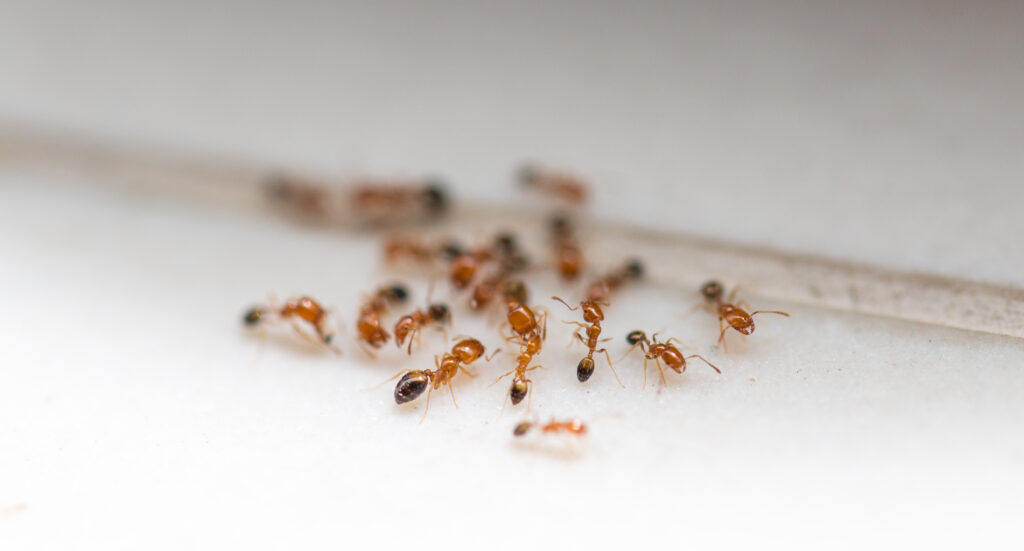By eliminating pests and their waste, pest control directly enhances the air you breathe. Here’s how.
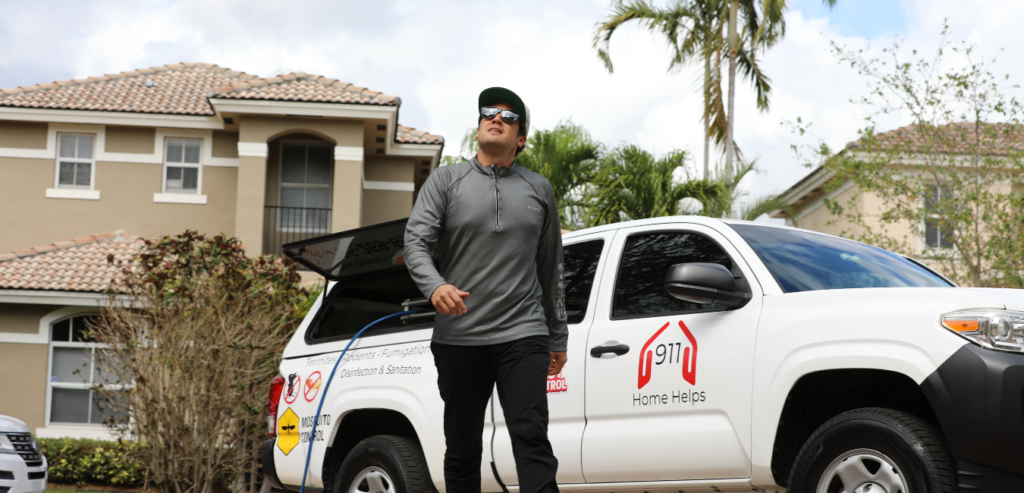
Pests Cause Airborne Contaminants
Pests introduce a variety of particles into the air that can harm your health. For example:
- Droppings and Waste: Rodents and cockroaches leave urine and droppings in hidden areas. These dry over time, breaking into tiny particles that mix with dust and circulate through the air.
- Shed Skin and Body Parts: Pests like cockroaches and bed bugs shed skin as they grow. Dead insects and fragments of their bodies also contribute to airborne debris.
- Allergens: Cockroaches and dust mites produce allergens that can trigger asthma or allergic reactions. Their waste becomes embedded in carpets, furniture, or air ducts, making it difficult.
- Mold Growth: Termites or rodents damage wood and insulation, creating damp conditions where mold thrives. Mold spores released into the air worsen respiratory conditions.
If left unchecked, these contaminants accumulate, reducing the air quality inside your home.
Pest Control Removes Contaminants at the Source
Pest control eliminates pests and prevents them from producing waste, allergens, or other harmful materials. For instance:
- Pest experts target nests and breeding areas to stop pests from spreading.
- After treatment, they advise cleaning infested areas to remove droppings, dead pests, and waste.
By eliminating pests, you reduce the number of harmful particles in the air, improving its overall cleanliness.
Safe Pest Control Methods
Modern pest control methods prioritize safety while effectively removing pests. Most pest control companies use regulated products that minimize harm to humans and pets. Additionally, many offer eco-friendly or non-chemical solutions, such as traps or heat treatments.
When applied correctly, pest treatments are far less harmful to air quality than leaving infestations untreated.
How Poor Air Quality from Pests Affects Your Health
Pests can directly impact your health, especially through the air you breathe. Here are some common health issues caused by poor air quality due to pests:
- Respiratory Irritation: Inhaling particles from pest droppings, urine, or shed skin can irritate your lungs. This is especially problematic for individuals with asthma or other respiratory conditions.
- Allergic Reactions: Allergens from cockroaches, dust mites, and other pests can trigger sneezing, coughing, or more severe allergic responses.
- Mold-Related Illnesses: Mold spores produced in damp areas caused by pest damage can lead to symptoms such as headaches, fatigue, and breathing difficulty.
These risks highlight why it’s essential to eliminate pests promptly. Addressing infestations removes the source of contamination and prevents long-term health problems.
Why Pest Control Is Safer Than Leaving Pests Untreated
Some homeowners worry about the potential risks of pest control treatments. However, modern pest control methods are designed to be safe when applied properly. Here’s why pest control is safer than leaving pests to infest your home:
- Regulated Products: Pest experts use low-toxicity solutions approved by agencies like the EPA. These products are effective against pests while minimizing risks to people and pets.
- Targeted Application: Treatments are applied strategically to affected areas, reducing exposure to chemicals. For example, sprays are often placed in cracks or outdoor perimeters rather than open spaces.
- Preventive Advice: Pest experts provide tips to keep pests away naturally, such as sealing entry points or managing food waste.
By addressing infestations safely, pest control companies help protect your home without compromising air quality or putting your family at risk.
How Professional Treatments Improve Air Quality
One of the main benefits of pest control is its ability to stop infestations from worsening. When a pest control company treats your home, they focus on areas where pests thrive and spread contamination. This may include hidden spaces like wall voids, basements, or attics. By treating these hotspots, pest experts prevent further contamination and ensure pests do not multiply.
Additionally, pest control treatments often include recommendations for cleaning affected areas after removing pests. Simple steps like vacuuming or wiping down surfaces can help eliminate any remaining debris or waste. This ensures that any pollutants left behind are entirely removed, further improving the air quality.
Prevention Matters for Better Air
Pest control is pest prevention. Pest experts do not just eliminate current infestations. They do that and more. They identify factors that attract pests and address them to prevent future infestations. This might include sealing cracks in walls, addressing moisture problems, or clearing clutter where pests hide. These preventive steps reduce the chances of future infestations, keeping your air cleaner over time.
By combining removal and prevention, pest control helps maintain a healthier indoor environment for your family.
When your home is free from pests and their contamination, the air is fresher and safer to breathe.
